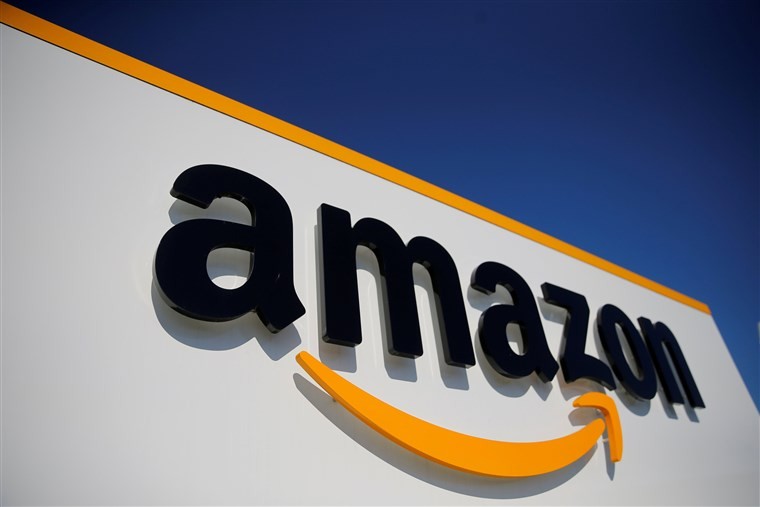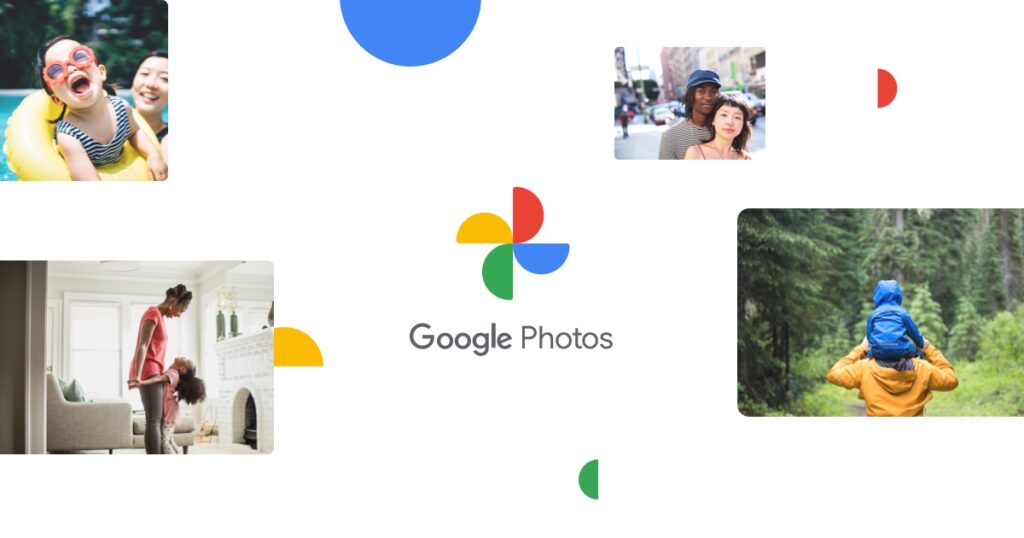Amazon Photos is one of the most complete alternatives to Google Photos on the market right now, although the advantages it has over other competitors are not exactly few. To shed some light on this, we have compiled all the advantages and differences it represents between Google’s cloud service and Amazon cloud service.
Unlimited Storage for Amazon Prime Subscribers
Until now, one of the biggest advantages of Google Photos over the rest of the competition had to do with the ability to upload unlimited photos to the application’s servers. From June 1, Google will cut the tap of its service to all those users who have a free subscription, so that the images that are shared through the platform will occupy space in the Google One subscription.
On the Amazon side, it offers an unlimited service if you have an Amazon Prime subscription. The big difference concerning Google Photos is that Amazon’s service is unified, so you will not have to pay an additional subscription to enjoy more storage in the cloud. In other words, all profiles with an Amazon Prime subscription will be able to enjoy unlimited image storage in Amazon Photos.
5 GB for Free Amazon Photos Subscription

That’s right, unlike Google Photos, which makes use of the 15 GB of the free Google One subscription, the amount that Amazon provides users for free is 5 GB. If you decide to sign up for an Amazon Prime subscription, this amount is maintained for those files and items that do not correspond to images or videos: documents, executables, sound files, and so on. In this sense, you will have to purchase an additional plan to increase the space available in your Amazon account through Amazon Drive options, the company’s cloud service.
Storage Plans are more expensive than Google’s
At least in the options with more space in the cloud. If you choose to purchase additional space through Amazon Drive, the plans offered by the company are very similar to that of Google. The difference in Amazon’s service is found in the storage options that start from 1 TB of capacity. For proof, a button:
Amazon Drive
- 100 GB of storage: $1.99 per month or $19.99 per year.
- 1 TB of storage: $9.99 per month or $99.99 per year.
- 2 TB of storage: $19.99 per month or $199.99 per year.
- 3 TB of storage: $299.97 per year.
- 4 TB of storage: $399.96 per year.
Google One
- 100 GB of storage: $1.99 per month or $19.99 per year.
- 200 GB storage: $2.99 per month or $29.99 per year.
- 2 TB of storage: $9.99 per month or $99.99 per year.
- 10 TB of storage: $99.99 per month.
- 20 TB of storage: $199.99 per month.
- 30 TB of storage: $299.99 per month.
Amazon Photos’ Compatibility with RAW Files is more Complete
Although both services are compatible with RAW files, the possibilities offered by Amazon’s platform are much more complete. In the case of Google Photos, the service converts any image to JPEG if the file in question exceeds 16 MB in weight. Amazon Photos not only allows users to use RAW files that come directly from a professional camera but also allows users to share files with no space limit per item, so there is no need to reduce the size of the image before sharing it with the platform’s servers.
The other option is to upload the item directly to Google Drive, although this is not always the most convenient way to proceed.
The Great Advantage of Google Photos is the Automatic Classification System

Google’s algorithm takes care of everything. This also applies to services such as Google Photos, where the popular search engine performs automatic categorization based on faces, places, dates, and the environment surrounding a photo. Although Amazon has a similar function, the truth is that the categorization it performs on the images shared through the application is much more limited.
The Amazon Photos Image Editor is More Complete
The options that Google Photos gives us to edit images from the application itself are quite limited compared to those offered by Amazon. You can adjust brightness, contrast, clarity, exposure, shadows, highlights, saturation, and a host of additional parameters. In total, the application has more than 70 filters that can be applied without any limitations.
You can also make more or less advanced edits through the focus, ratio, text, or rotation settings. In this aspect, the options it presents are more similar to those of Snapseed, Google’s advanced image editor, than Instagram.
The Integration of Google Photos with Cell Phones is Superior

And this is something that stems precisely from the nature of the operating system, which depends on Google services to function properly. Google Photos not only synchronizes automatically with the images that have been captured through the phone’s camera, but it also allows backups to be made in a much more convenient and automated way. Amazon Photos, on the other hand, requires a manual configuration to synchronize images through the platform, so you will have to indicate the folders you want to share, as well as the update frequency.
This post may contain affiliate links, which means that I may receive a commission if you make a purchase using these links. As an Amazon Associate, I earn from qualifying purchases.

